Net Zero Home
In early 2020, a family approached Belmont Solar with the desire to improve their already solarized house to the point of becoming a Net Zero Home. The family of four lives in a quiet suburb of West Chester in Birmingham township. The parents had concerns about how the health of the planet would affect the future lives of their two children, which contributed to their wish to reduce the carbon footprint of their home. The family also wanted to prepare for the possibility of more unsettling times (like the 2008 recession and the COVID-19 pandemic) by reducing their monthly costs.
Back in 2010, these factors motivated their initial steps toward reducing their carbon footprint and creating a Net Zero Home. In that year, they installed their first solar system of 2.4 Kilowatts. That system is now considered small by 2020 standards, but in 2010 it was a good start. After ten years, the family has concluded that going solar was a worthwhile move, from both a financial and environmental viewpoint. They feel great knowing they reduced their carbon output by 433,000 pounds in a decade! Financially, their solar system turned out to be a wise investment. The returns are steady and not influenced by market changes. Solar’s ability to avoid the politics and price volatility that increasingly characterize fossil fuel markets is a major advantage.
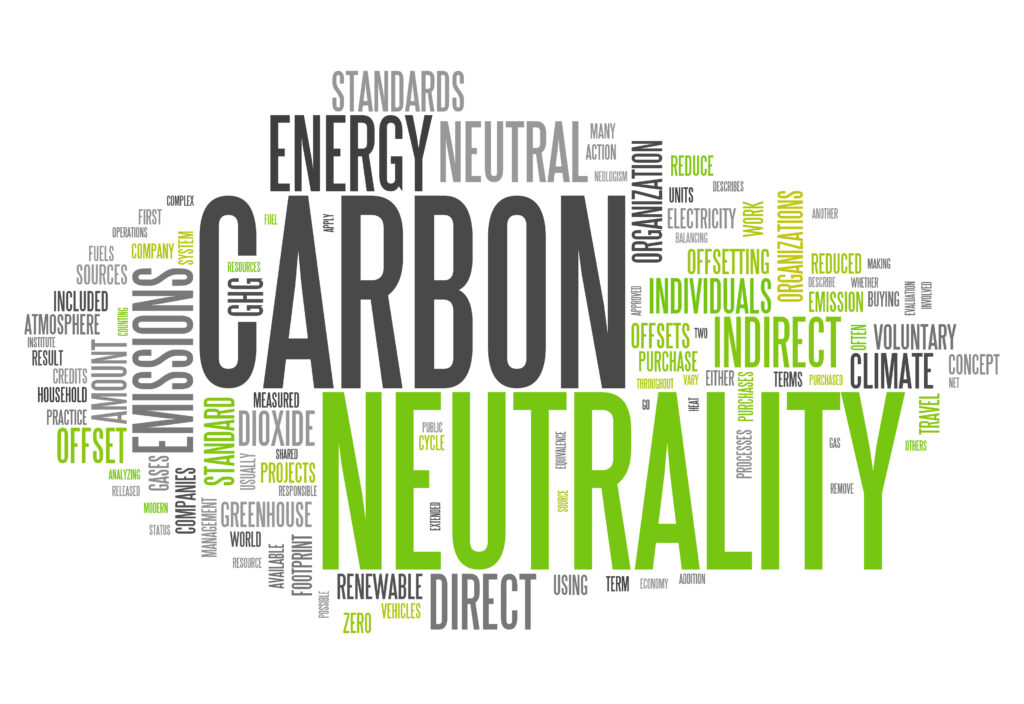
The homeowner stated it this way: “I see my solar system as a 401K plan. This plan pays me on a monthly basis through my utility bill and through the SREC payments a couple of times per year. The solar system readies me for my retirement by reducing my monthly bills and gives us power security with the planned battery backup.”
This family’s story is not rare. Many people have been reducing their carbon footprint and turning their houses into Net Zero Homes. And the truth is, you can do the same! By applying simple energy-saving tips and tricks, you can help promote a cleaner and healthier environment, while at the same time lowering your monthly energy bill from the electric company. Your actions do have an impact. That’s why we have written this extensive article to help guide you in reducing your energy consumption and obtaining a Net Zero home.
What Is A Net Zero Home?

What exactly is a Net Zero Home? At its most basic definition, the term “Net Zero Home” refers to a house that yields an energy bill of $0.00 over a year. In other words, the house is so energy efficient that it produces as much renewable energy (on or off-site) as it consumes, making it a self-sustainable structure that is carbon-neutral. You may have also heard the terms Zero Carbon Building or Net Zero Energy Building, which also refer to this same concept.
Many people think that the topic of Net Zero only consists of placing solar panels on your house roof. While Net Zero is possible through solar alone, it doesn’t encompass the whole picture. Net Zero involves much more than that. Going Net Zero involves superior building construction, utilizing new technology, practicing energy-saving tips, and thinking outside the box. If this sounds overwhelming, don’t worry. We will cover all these aspects as we progress through the article. Remember, trial and error will be part of the process, but it is worth it when considering the positive impact it has on the environment and your wallet.
Why Is A Net Zero Home Important?
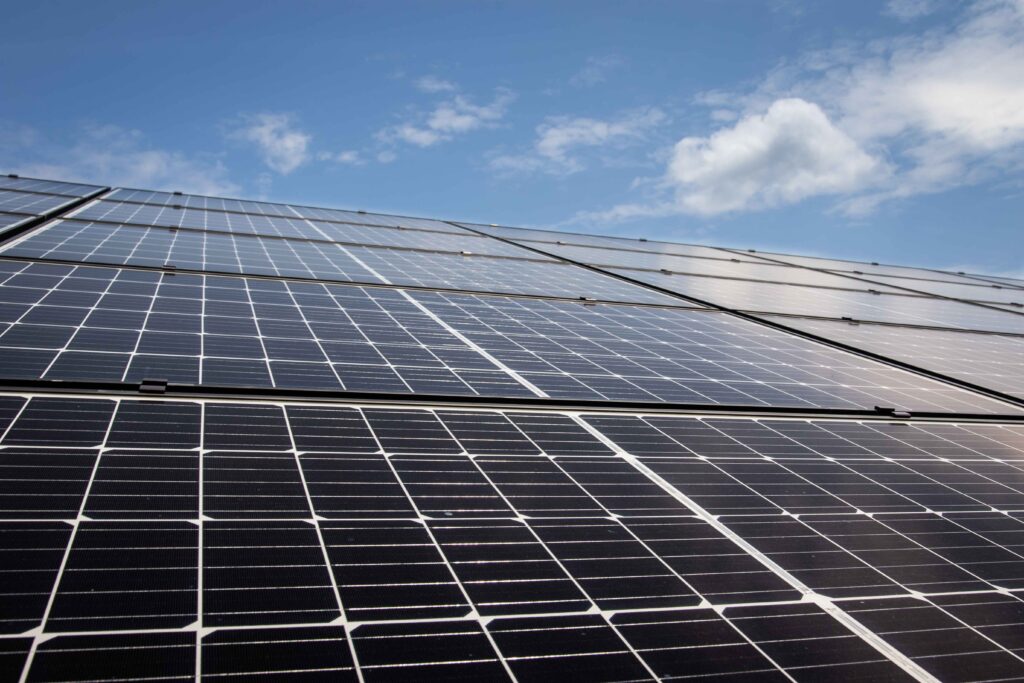
It Promotes Environmental Health
The topics of climate change and environmental health are extremely important in our day. More than ever, people are concerned about how climate change has negatively affected our environment. Climate change can cause extreme weather events, loss of sea ice, rising sea levels, longer heat waves, degradation of land/natural resources, and so much. The concern is that climate change will become so dramatic on the environment that it will hinder our ability to survive on this planet. As a result, each of us needs to do our part in limiting climate change. But how is this done?
If you have ever been discussing environmental health with a friend or colleague, chances are you talked about greenhouse gases (sometimes abbreviated as GHG). Greenhouse gases are human-caused emissions of water vapor, carbon dioxide, methane, and nitrous oxide that are released into the atmosphere. Examples of this could include fossil fuel combustion, deforestation, water evaporation, landfill decomposition, livestock manure management, transportation exhaust, and much more. As you might have guessed, greenhouse gasses caused by these activities are a main contributor to climate change.

Let’s take this a step further by looking at the Greenhouse Effect. When sunlight reaches the Earth, some of that energy is absorbed, and the rest is reflected into space. However, the gasses in our planet’s atmosphere trap this outgoing energy and radiate it in all directions, warming the surface of Earth to a comfortable temperature. If you’ve walked into a plant nursery in a greenhouse, you’ve already experienced this natural effect. The greenhouse traps energy from the incoming sunlight, which warms the whole building to a temperature suitable for growing plants.
But this natural Greenhouse Effect can become distorted if there is an over-saturation of gasses in the atmosphere. The over-abundance of gasses can trap and radiate too much heat energy, causing the overall temperature of the planet to rise (termed Global Warming). Such a climate change could hinder the natural functioning of our planet and its resources.
We as humans need to do our part in ensuring the Greenhouse Effect does not become distorted out of balance. To do this, we must achieve Net Zero Emissions (aka Carbon Neutrality). In other words, we want our human-caused carbon emissions into the environment to balance our carbon removal of the environment (we remove carbon by planting trees and utilizing direct air capture technology). Doing so will result in a balanced equilibrium of carbon input and output, which will ensure the Greenhouse Effect does not become distorted.
So what does this have to do with a Net Zero Home? Remember I mentioned that net-zero houses are carbon neutral? That means they are taking in as much carbon as they are producing. In other words, a net zero home is completely balanced and does not negatively affect the environment by adding to the greenhouse gas problem. As a result, Net Zero Homes are regarded as a very important step in maintaining environmental health. The best part is, that you can join the revolution and take that step for your own house!
It Saves You Money
The energy savings that a Net Zero Home presents are quite astonishing. A Net Zero Home produces as much energy as it consumes, which means a Net Zero energy bill for you. If your house is efficient and produces more energy than it consumes, you may even earn yourself a little money by selling the extra power back to the utility company. Anyone will tell you that is a huge win for your family.
If that wasn’t enough, Net Zero Homes also presents certain tax incentives. For example, the investment tax credit (ITC) allows homeowners to deduct 26 percent of the cost of installing a solar energy system from their federal taxes. This applies to both residential and commercial systems. In addition, some electric and gas companies will offer rebates to homeowners for making energy-efficient upgrades, such as using LEDs or upgrading to a more efficient water heater. You may also want to check with Energy Star, as they have been known to provide a Residential Renewable Energy Tax Credit to homeowners for installing energy-efficient systems.

The savings you gain on energy bills and tax credits means more flexibility for your budget. Have you been putting off that landscaping project? Or perhaps your wife has been begging you for a date night? Whatever the case, a little bit of extra cash in the budget can certainly come in handy. And the truth is, it’s not rocket science. These are savings that you and your family can enjoy, and this article is designed to help make that a reality.
It Increases Home Value
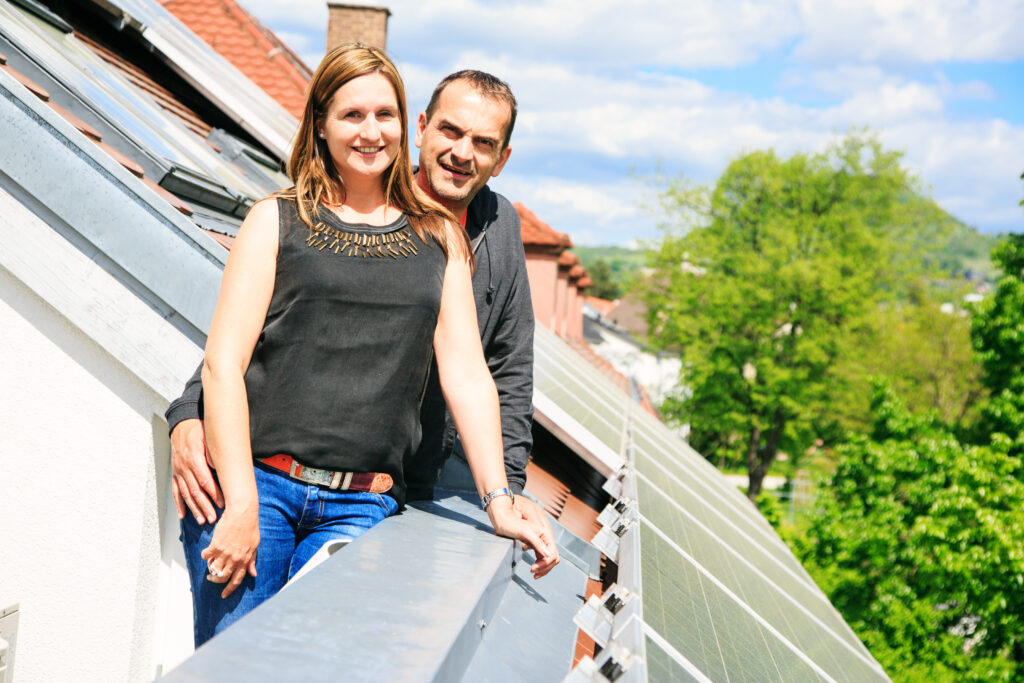
With all the energy-saving upgrades, your home’s value should increase greatly. A Net Zero Home is a valuable and sought-after investment. People realize that a Net Zero Home will help them save continuously on energy costs, which is a major selling point. For example, the real estate industry is now seeing the added value of solar systems and is currently working to create better, more accurate methods of determining the market value for homes with solar. Should you need to sell your Net Zero home at some point, you should have no trouble getting a good return on your investment.
How Do I Get To A Net Zero Home?
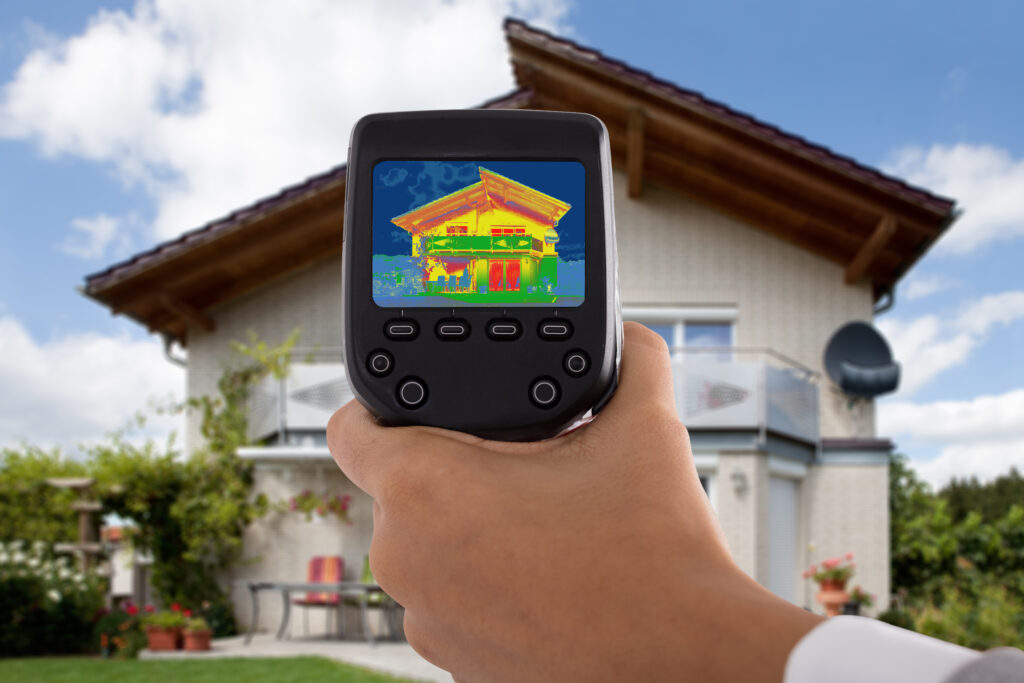
Now that we have covered all the introductory information, it’s time to start taking the needed steps to obtain your net zero home. The very first step is figuring out how your house is currently performing with energy efficiency. You won’t be able to make your home more energy efficient unless you first uncover the strengths and weaknesses your home possesses.
This is most often done through a home energy audit. A home energy audit is a detailed report that highlights trouble spots in your home’s energy performance. For example, a home energy audit can help you understand the airflow in your home, discover insulation defects and air leaks, learn whether your combustion appliances are operating in normal ranges, and much more.
But home energy audits don’t just show you the problems. They also help uncover possible solutions for obtaining a net zero house. A home energy audit can help you decide what replacement parts or installation upgrades are needed for your house. It can help you decide whether you need new windows, more insulation, a new energy-saving appliance or system, and so much more. In short, an energy audit will provide you with a necessary roadmap for the start of your net zero journeys.
We recommend having a trained, industry-certified home comfort specialist come to your home to provide testing and education, plus detailed reporting on your home energy performance. At Belmont Solar, we work with King Conservation Group to help our customers obtain their home energy audits. Another alternative is PECO, which does energy audits for a very small fee of $25 (or $15, in the case of a referral). Income-qualified customers can also get free energy upgrades together with the energy audit.
In the next section we will take a look at step 2, which involves installing a clean energy source for your Net Zero Home.
Installing A clean Energy Source for Your Net Zero Home
Solar Panels
Once you have your home energy audit complete, you need to focus on installing a clean energy source for your net zero home. This is a very important step. Remember, a net zero home is essentially a house that produces as much clean energy onsite (or offsite) as it consumes. As a result, a net zero home simply can’t exist if it doesn’t have a means for producing clean, renewable energy onsite.
There are two sources that you could harvest for your clean energy: wind and solar. Out of the two, however, solar tends to be the more practical option for residential homeowners. For wind to be a practical option, a wind turbine must be installed at a place with little surrounding obstructions and experience significant, continuous wind speeds. Wind turbines also have plenty of moving parts, which can create some unwanted maintenance.
Solar, on the other hand, tends to be more versatile. You can install solar on practically any roof, or even on the ground if you so desire. This gives you flexibility in finding a spot that yields plenty of sunlight throughout the day. In addition, solar energy systems are maintenance-free. If your solar panels are installed on a flat roof, you may need to do occasional cleaning. But if the panels are angled, the rain does the work of cleaning them, and no further maintenance is required on your part.

You can install solar panels on other buildings that are not your house as well, whether that is a shed, detached garage, or workshop. An option like this Solar Greenhouse already has it built in. Either way, your entire property can run off a clean energy source.
In summary, a solar energy system makes more sense for you as a residential homeowner. It is versatile, maintenance-free, and will provide you with enough power for your net zero home. An added benefit is that it adds value to your house. So when it comes time to sell your net zero home, you should get a good return on a solar system investment. Who wouldn’t want that?
Roof Mount or Ground Mount for A Net Zero Home?
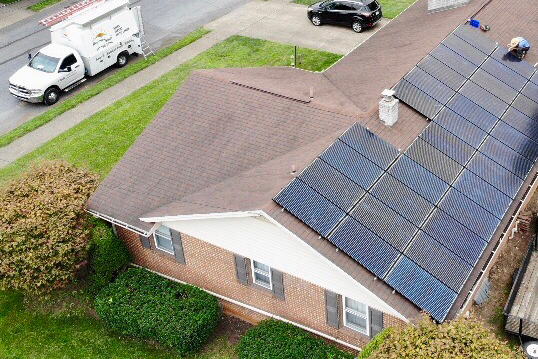
The answer to this question depends on the location of your net zero home. If your home experiences plenty of direct sunlight throughout the day, then a roof-mounted solar system makes sense. But if your home is blocked by trees, a ground-mounted system away from the house may be a better option. Take some time to study the sunlight patterns throughout the day and determine whether your home gets plenty of sunlight or not. Of course, other factors play into this decision, such as:
1
Cost
Ground-mounted solar power systems require more parts for the racking and more time to install. They also require a lengthier and more expensive permitting process. As a result, a ground-mounted system will tend to have a higher upfront cost compared to a roof-mounted system.
2
Property Space
If you don’t have extra property space, then a ground-mounted solar energy system may not work for you. In contrast, a roof-mounted solar system utilizes unused space on your roof. This makes it a convenient option if your property is too small to house a ground-mounted system.
3
Roof Condition
If your roof is not fit for a solar system, then you will either need to fix it or utilize a ground-mounted system on your property. At Belmont Solar, we will inspect your roof before we sign any contract as part of our procedure. It’s our way of looking out for you and your house’s wellbeing. You certainly don’t want to begin a roof-mounted solar system project and later find out your roof’s construction is not fit and will cause issues later on.
4
Accessibility
As we mentioned before, solar power systems require little, if any, maintenance. However, should you need to access your system for any reason, a ground mount is going to be much easier. A roof-mounted system, on the other hand, requires getting a ladder and climbing up on your roof. This can be rather difficult depending on the time of season and weather conditions.
Grid-Tie, Off-Grid, or Grid-Tie With a Battery Backup
Now that you have decided where to mount the system, it’s time to decide on the type of system for your net zero home. There are three main types of systems: Grid-Tie, Off-Grid, and Grid-Tie with a Battery Backup. We will look at each type and highlight the pros and cons that they present.
1. Grid-Tied Solar System
The first type of system is a Grid-Tie Solar System. As the name suggests, this type of system is connected to your utility provider’s power grid and works in conjunction with it. In a grid-tie system, your solar panels will provide power for your net-zero home during the daytime. However, when your panels are unable to produce at night or in stormy weather, your net zero home can grab the needed power from the grid. And best of all, if you have unused energy from your solar panels, that energy can be put back into the grid and used by your neighbors. This results in a nice credit from the utility company, which can offset the cost of the electricity you pull from the grid.
Pros:
- Ability to sell excess power back to the utility company
- The cheapest options
Cons:
- Loss of power if the power grid fails
2. Off-Grid Solar System
The second type of system is an Off-Grid Solar System. As you probably guessed, this type of system is self-reliant and not connected to the power grid. As before, the solar panels supply your net zero home with power during the daytime. The difference is that the excess energy is stored in a battery bank rather than being sent onto the power grid. During nighttime or stormy weather, your system will switch over to the batteries and run off of them rather than drawing power from the grid.
Pros:
- Experiencing the security of a battery power supply as a backup
- No bill from the utility company
Cons:
- Cannot sell excess energy back to the utility company
- The most expensive options
3. Hybrid Solar System (Grid-Tied With Battery Backup)
The third and final type is grid-tied with a battery backup. This system is a hybrid, allowing you to enjoy both the benefits of Grid-Tie and Off-Grid systems. As always, the solar panels run throughout the day and produce power for your net zero house. The excess energy that is produced is then stored in a battery backup. However, the system is still connected to the grid, allowing you to sell that excess energy back to the utility company. But best of all, if the power grid fails, you can run off of that power in the backup battery. So basically, you can sell unused energy back to the utility company while still enjoying the security that a battery backup offers.
Pros:
- Ability to sell excess power back to the utility company
- Power from battery backup in case the power grid fails
Cons:
- A more expensive option than Grid-Tie
Insulation For A Net Zero Home
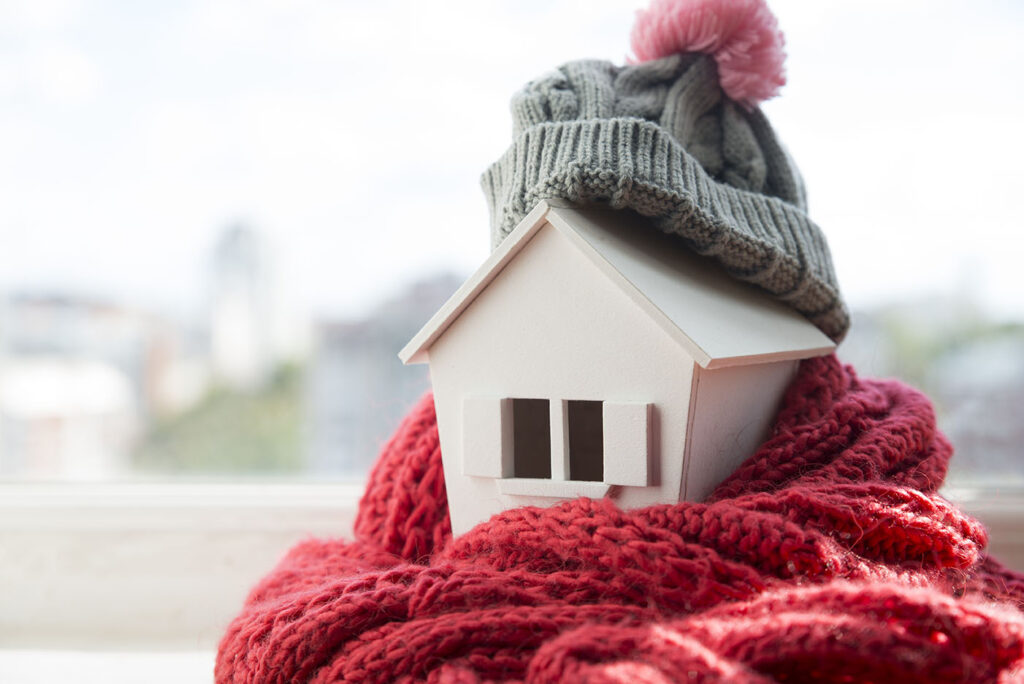
Most homes in the United States have insufficient insulation and significant air leaks. Is yours one of them? If your home was built before 1980, it is probably wasting your money on energy costs. Before 1980, no building codes were in place to require a minimum insulation R-value. The R-value is a way of measuring the resistance the insulation gives to the flow of heat. The higher the R-value, the more your insulation will keep the heat in. Even after codes were established, the standards for insulation only slowly changed to what they are now.
It is fairly easy to tell if your home needs insulation. Are your winter or summer energy bills high for heating and or cooling your house? During the winter, do you notice snow melting off your roof, showing the pattern of trusses? That is caused by heat escaping. In the summer, does it seem like your air conditioner runs most of the time? These are all telltale signs that you will benefit from applying this energy-saving tip by adding insulation. Another sign would be the sounds coming from the outside. If outside noises, like lawnmowers, airplanes, and motorcycles are bothersome in your house, you would be wise to call your local insulation professional.
The good news is, if you want to save money, you can also consider some do-it-yourself projects, depending on your skills. Many of these projects are quick and give instant results.
Stop Feeding the Heat-cloud
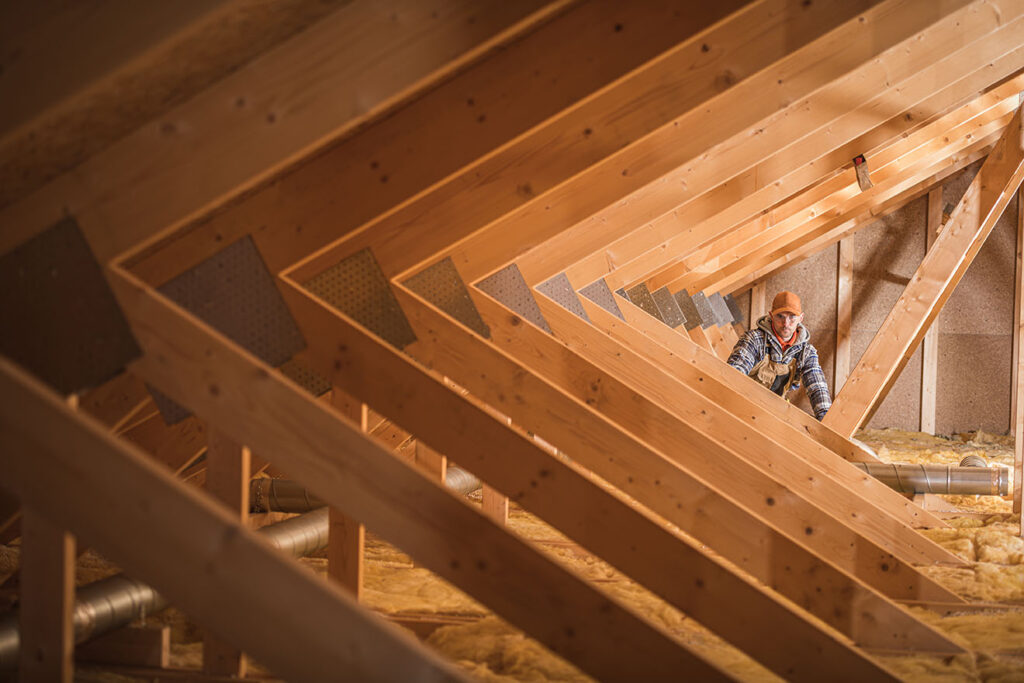
Heat loss typically occurs through the attic, walls, floors, windows, and doors. Knowing that heat rises, imagine that heat gathered up against the ceiling as a big hot air cloud, but that cloud doesn’t simply stay there. Without adequate insulation, the heat you have paid for passes through the roof and into the atmosphere. The attic is where you can get the biggest bang for your insulation buck. So stop feeding the heat cloud by looking at your attic to see what insulation you have and to determine what you can add. Before starting your attic insulation project remember to seal any air leaks and complete necessary repairs.
Most attics can be reached easily and lend themselves well to either batt (or “blanket”) insulation or blown-in insulation. Batts are flexible and designed to fit standard spaces between wall studs and floor joists. They are made of glass fibers, mineral wool from recycled materials, and cellulose from recycled newspapers. This type can be easy to install but less efficient in terms of R-value and the ability to fit into irregularly shaped spaces.
Blown-in insulation comes in bags and is a loose product that can be made of fiberglass or cellulose. Cellulose is more efficient and less expensive. The blown-in type of insulation works well in situations where the roof is too low to allow you to get in tight spaces to lay batting or where you have obstacles in the way and small, oddly shaped areas. However, it does require a blowing machine. Although you can do it yourself, experts have the experience to do the job quickly and efficiently.
Both ways of applying this energy-saving tip can be easy DIY weekend projects, but educate yourself before running to the home store. You can find helpful videos on YouTube, but there are also professional institutions, like NAIMA (North American Insulation Manufacturers Association), that give a wealth of information on this energy-saving tip.

Save Energy by Insulating Walls
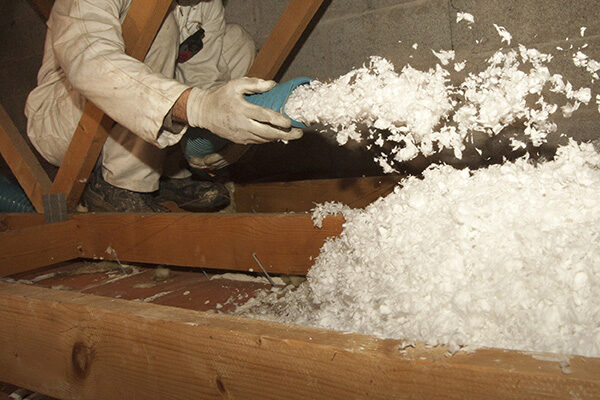
Insulating the walls is best done with blown-in insulation. However, if remodeling and the wall cavities are open, batt insulation is the best option for the do-it-yourselfers. If you call in professionals, look into foam insulation, as the foam is superior for locking in the heat and sealing air leaks.
How Much is Enough For This Energy-Saving Tip?
If you are like many people and think “more is better,” you might just want to pile up the insulation. Sometimes it does pay to do more when, for example, you can take advantage of a sale or make use of contractor prices, if offered, for buying in bulk. Without those circumstances, you might increase the cost without being cost-effective.
The best thing to do is find out what Climate Zone you live in. To find your climate zone, and with that, the minimum insulation value for your region, go to the EnergyStar website. As an example, in Climate Zone 6, the recommended R-value for the attic is between R49 to R60. In that case, three layers of a standard roll R-19 would bring the R-value up to R57. With the “more is better” motto in mind, you could add a fourth layer if you got a nice sale price.
Manufacturers put the R-value on the package, but the Department of Energy advises that standard batts provide an R-value ranging from 2.9-3.8 per inch of thickness, or a range from 3.7-4.3 per inch for the highest quality batts. On the other hand, the R-value of blown-in insulation varies from 2.2-2.7 per inch if made of fiberglass and 3.2-3.8 per inch for cellulose.
Save Energy by Insulating the Basement Or Foundation
People often ask if insulating the basement is a good investment or energy energy-saving tip. The answer to this question is a big “YES,” because virtually every basement has heat loss. As heat moves from higher temperatures to lower temperatures (which happens more quickly if the temperature difference is greater), your basement absorbs the heat and the basement walls radiate it to the outdoors. This results in energy loss and higher heating costs for homeowners.
To further prove the point that basement insulation is a valuable upgrade for the house, the 2012 International Residential Code requires basement insulation for climate zones 3 and higher.
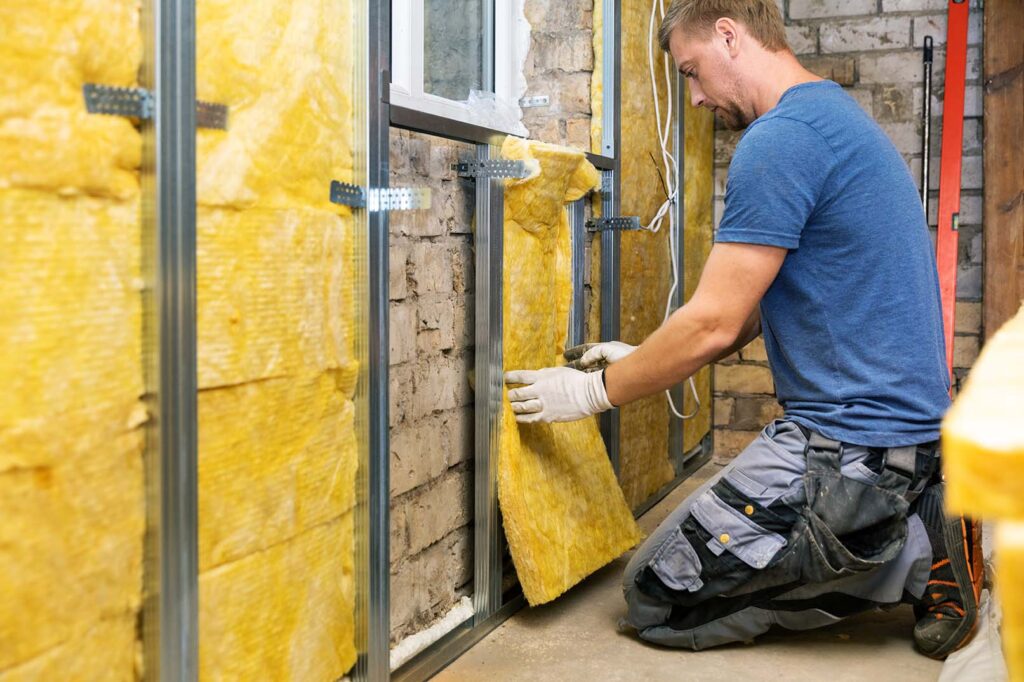
This Energy Saving Tip Also Increases the Comfort
Next to keeping the heat in, insulating and air sealing your home offers other advantages. Your home will be more comfortable, and quieter, have less pollen and fewer insects entering it, and you will lessen the chance of having ice dams on roofs or eves in snowy climates. Insulation improves the overall comfort of the home by improving thermal performance. Whether in conditions of frigid winter weather or summer heat, comfort is created by the insulation by dampening the fluctuation of the home’s inside temperature when the outside temperature fluctuates. Save money and enjoy your house more with optimal insulation.
Reducing Phantom Loads in Your Net Zero Home
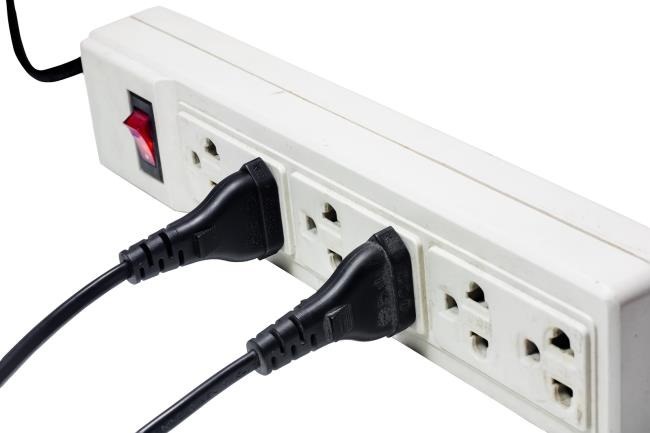
Are ghostly energy eaters haunting your home’s electrical system? These days, just about every room in the house contains modern conveniences, ready to serve us instantly, but these devices rely on electricity even when not in use. Consider, for example, all the electronic entertainment products, pieces of office equipment, and small kitchen appliances that most people leave plugged into an electrical outlet all the time. Those little, glowing LEDs are one way to spot the culprits. Even in standby mode, these devices draw power in the form of what we call “phantom loads.” Phantom loads started when remote control of devices became popular. As the word implies, phantom loads can not be seen or heard. They are just there, draining electricity and your wallet.
The easiest energy-saving tip you can do is just turn these devices off when not in use, and you don’t have to go around unplugging everything. By installing power strips strategically throughout the house, especially where devices are grouped closely together, you can turn off multiple items at the end of the day with just the flick of a switch. If they are not connected to the power source, they can’t take energy.
Where to Start With This Energy-Saving Tip
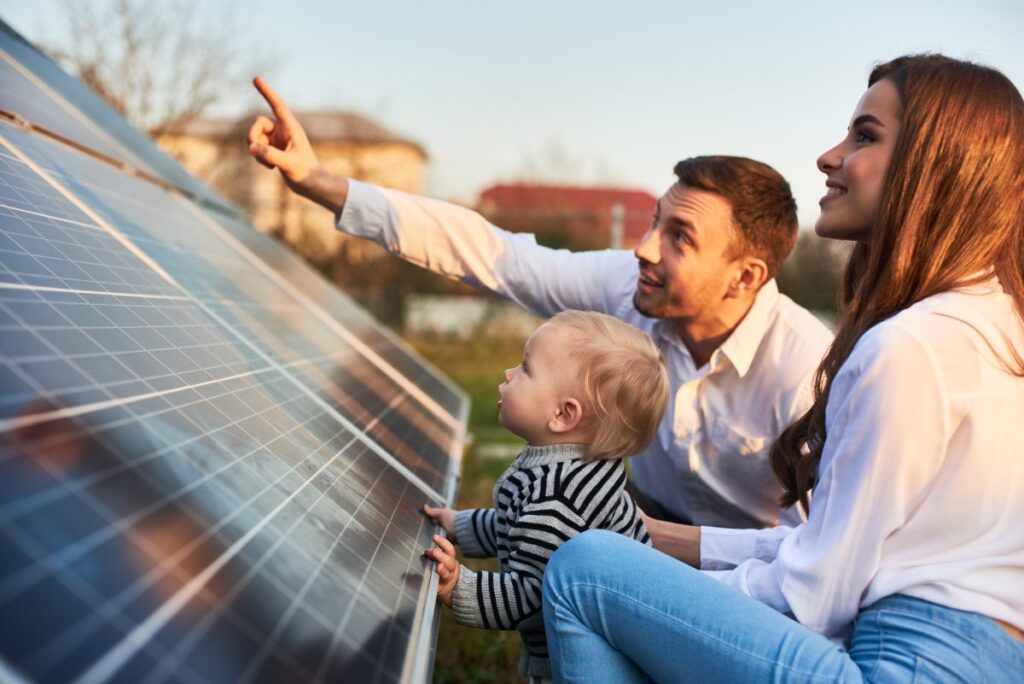
The quickest way to start is with your home’s worst offenders for phantom loads. Those are typically entertainment systems. Cable boxes, video game systems, TVs, and audio systems, all silently steal from you. Your television is a prime example. Even when not in use, it will easily draw 10 watts, or even up to 45 watts, depending on its age and the model. An average LED bulb takes 8 watts. Therefore, leaving your television in standby mode for a year could be equivalent to leaving 6 LED lights on 24 hours a day for 365 days. Routers, phones, and other related equipment are also energy vampires in your home. Of course, some items that use electricity must be left on (such as your refrigerator), but most don’t need to be plugged in continuously.
Apply the 80/20 rule for this energy-saving tip: 80% of the phantom loads are caused by 20% of your devices. You can also look at how devices are grouped together in your home. Most likely your audio equipment is grouped together, and you can plug all these devices into one power strip. You probably also have all your chargers in one place. Devices in your office, such as your computer, monitor, printer/scanner, desk lamp, fax, etc., are usually close enough to each other to use one power strip. For single devices that you can’t group together, consider a single outlet switch.
How Much Will You Save With This Energy-Saving Tip?
The cost of phantom loads depends, of course, on how many devices you have in the house and how they were designed. As manufacturers have become more aware of phantom loads, newer devices might have a better design. However, we don’t know until we measure. You can do that yourself with a device called the “Kill A Watt” usage monitor. The added advantage of knowing the real-time usage is that you can also determine if it is time for something like a new refrigerator by comparing the facts.
A great table can be found here provided by the Lawrence Berkeley National Laboratory. This table provides an overview of the power consumption in standby mode for many products. Not all of your devices will be on the table, but you can get a reasonable idea of how much phantom loads cost you every year. For example, an inkjet printer takes 2.48 watts when not in use. This inkjet printer would cost you 11 kWh per year, or $1.66, just by sitting there. The worst-case television mentioned earlier would cost you $60 per year. That’s like leaving your car running in the garage just in case you need to go somewhere. While the $1.66 does not seem worth the effort of switching off, go ahead and do the math for all your devices and add them together. Before you know it, you’re at $100 per year.
Next to your personal savings, think about the environmental benefits if you practiced this energy-saving tip and switched off the unnecessary loads in your house. Most likely, four or five power strips will do the job. With one flick of a power strip switch, at the end of the day, you can kill these phantom loads and start lowering your energy bill.
Energy Saving Systems & Appliances For A Net Zero Home
As we have already stated, applying simple energy-saving tips can be a huge boost in attaining a net zero home. But there are additional factors to consider that can also be a major help. For example, there are many types of energy-saving systems and appliances out there that you can invest in right now. The following are a few examples that you might consider for your net zero home.
Ductless Mini Splits
Ductless mini splits are an incredibly efficient method for keeping your net-zero home cool/warm. There are several reasons why this is the case.
First of all, mini splits give you the ability to target cooling or heating. If you install several mini-splits throughout your house, you can turn off the mini-splits in the areas of your home that are not being used. This allows you to focus the cooling or heating on areas of the home that are only in use. In contrast, a normal central air system has a single cooling/heating component that generates air for all the rooms in your house, whether they are in use or not.
A second reason is that of duct-free operation. You may think that a home’s ductwork is airtight, but many times ducts will develop cracks and leaks over time. By installing a ductless mini split in your net-zero home, you avoid this problem altogether. And, without the loss of air through the ductwork, your net zero home should feel more comfortable. Who wouldn’t want that?
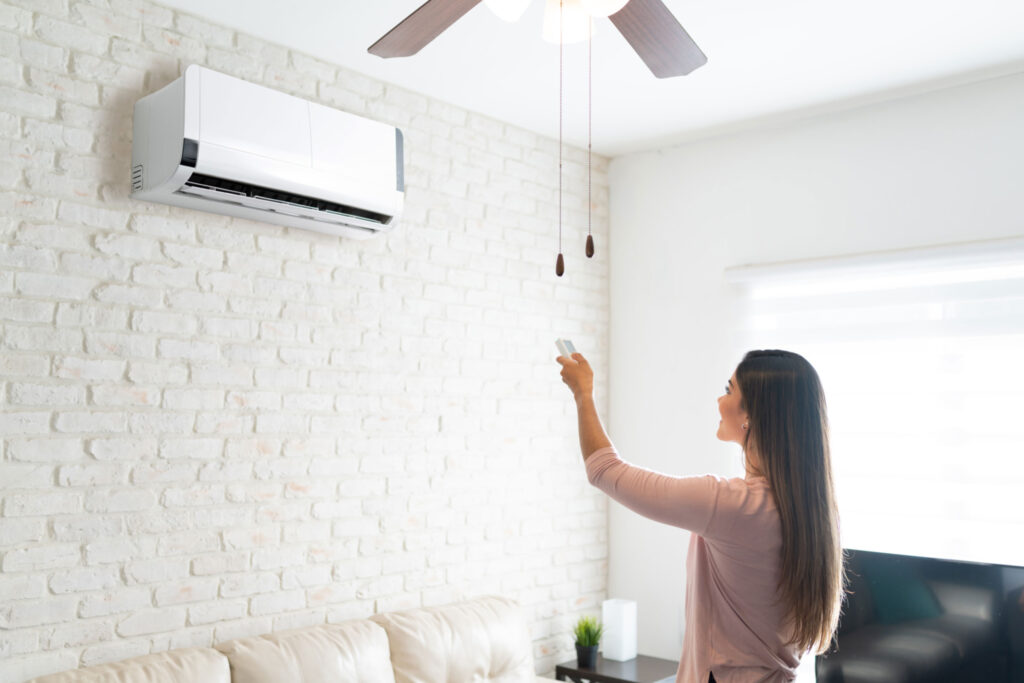
Lastly, mini splits boast high SEER (Seasonal Energy Efficiency Ratio) and HSPF (Heating Seasonal Performance Factor) ratings. These ratings indicate how well a system will cool/heat your house without wasting energy. Mini-splits have been known to excel in this area. Some units have SEER ratings above 20 and HSPF ratings above 10. For comparison purposes, most air conditioners have a SEER rating between 13 and 21. So yes, mini-split units get exceptional ratings on the SEER and HSPF scales.
Smart Thermostats
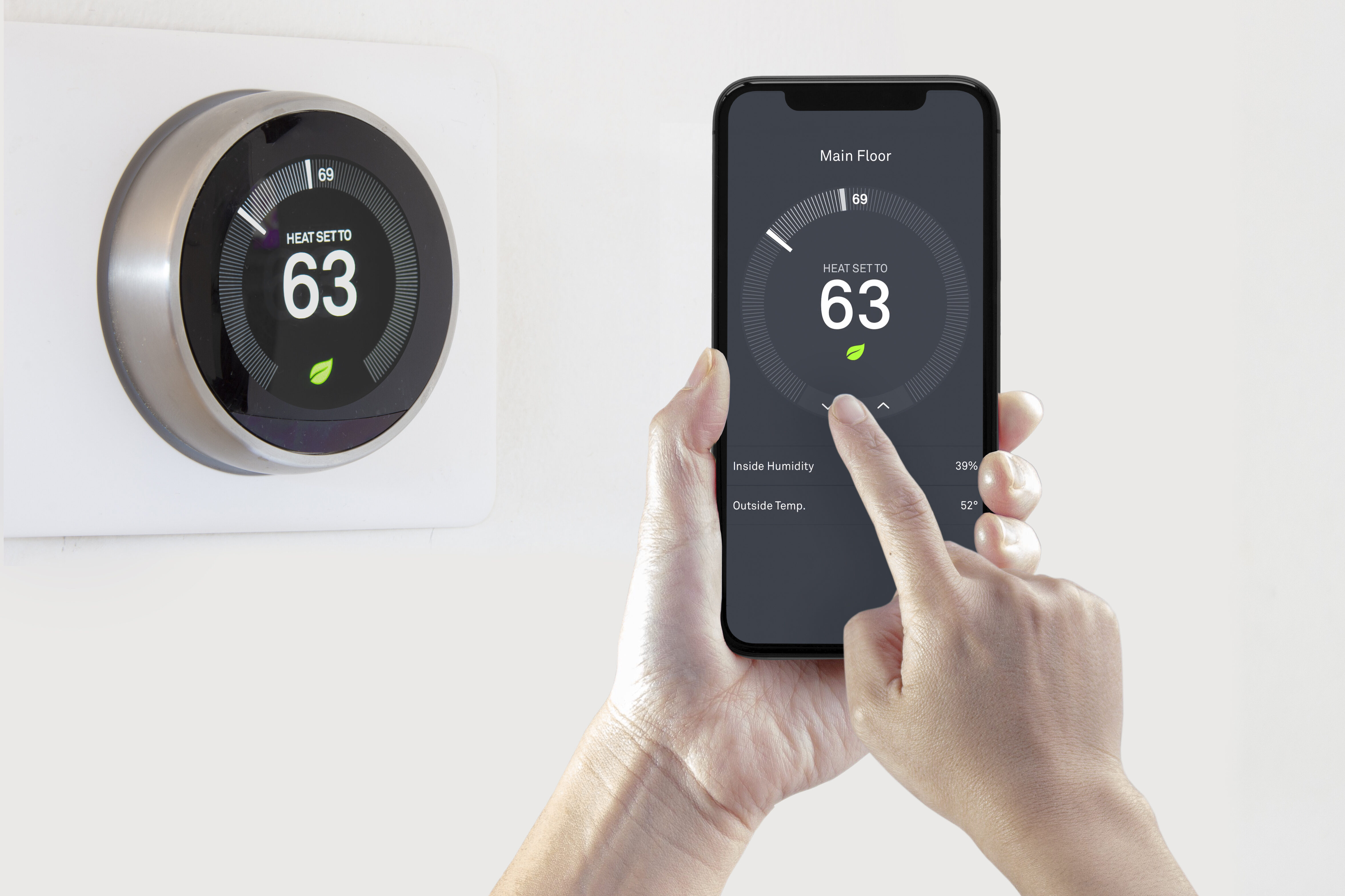
Smart thermostats are another fascinating tool that can help you achieve a Net Zero Home. How much will you save, you ask? Well, the latest Ecobee smart thermostat boasts an annual saving of 23% on energy costs. A competitor, the Google Nest thermostat, boasts savings of around 15% on energy bills. That is a bunch of savings, and a smart thermostat makes this possible by only cooling/heating your home when necessary. To do this, smart thermostats utilize several neat features.
The first neat feature is that of scheduling. If you are away from your house at specific times during the week, you can program the thermostat to turn back the cooling/heating system during those times. Are you at work from 7:30 – 4:30? Do you go golfing on Saturdays? Whatever the case may be, you can program your schedule into the thermostat so that the system runs only when someone is home.
Another related feature is motion sensor and spatial awareness. Smart thermostats generally have built-in motion sensors to help them detect whether someone is home. If the thermostat hasn’t picked up motion in the home for an extended period, it assumes nobody is home and begins turning back the cooling/heating system to save energy.
A third feature that works in conjunction with the motion sensors is phone location tracking. Based on your phone’s location, the thermostat can also assess whether someone is home or not. If you head out the door with your phone, the smart thermostat will know you left and begin turning back your system.
Lastly, most thermostats also have a mobile app. This is an extremely handy asset, and it allows you to control your thermostat from anywhere. For example, if you are returning from a trip, you can adjust your thermostat so that the home feels perfect when you arrive. In addition to controlling your thermostat, you can also access your energy history report, which indicates how much and how often you use energy. It can also give you insights into how you can use less energy in the future.
ENERGY STAR Certified Appliances
If you are looking to purchase some energy-efficient appliances for your net zero home, then you need to check out Energy Star. Energy Star is an organization that is focused on providing consumers and businesses with helpful information on energy efficiency and energy-saving solutions. The organization has a government-backed symbol that denotes the highest level of energy efficiency. When this symbol is placed on any product or appliance, that item is considered “ENERGY STAR Certified.” This distinguishes the item as having excellent energy-saving performance and capabilities. Visit the product finder on ENERGY STAR’s website to find the right energy-saving appliance that you’ve been looking for.
Additional Energy-Saving Tips & Practices For Your Net Zero Home
In this section, we are going to cover a few additional energy saving tips and practices. Making these a part of your daily routine will not only benefit your net zero home, but it will also help promote a cleaner environment and the overall well-being of mankind. So, let’s get into it.
Rainwater Harvesting
The first energy saving tip is rainwater harvesting. Water consumption takes a considerable amount of energy in a home, and rainwater harvesting is an attempt to minimize this. Overall, the process of rainwater harvesting is simple, but it does require installing a rainwater harvesting system.
Rainwater is a free natural resource. With a rainwater harvesting system, you can collect rainwater from different surfaces and store it in a tank or container of some kind. This rainwater can be reused for different purposes around your net-zero home, such as garden irrigation, watering livestock, flushing toilets, doing laundry, etc. Doing so will save you the energy needed to transport the water and run it through your household system.
If the energy savings weren’t enough, rainwater harvesting can also reduce stormwater runoff from your property. This will help reduce the contamination of pesticides, sediment, metals, and fertilizers in your local creeks, streams, and rivers. As you can see, rainwater harvesting is an energy-saving tip that is not only a win for you but also for the environment.
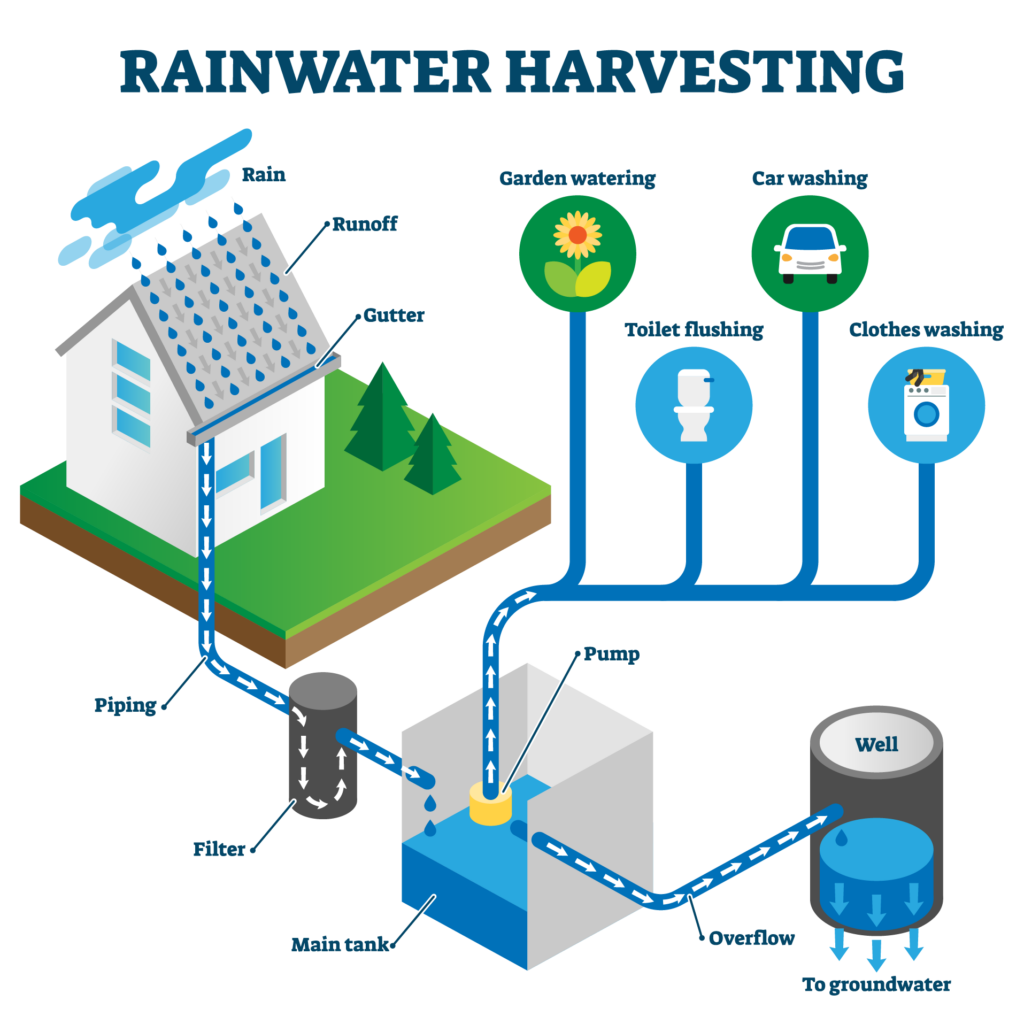
Composting

Another great energy-saving practice that you can apply today is composting. Composting is the decaying (or recycling) of organic material and food waste. When this organic material is piled together and wetted, natural organisms found in the soil (worms, bacteria, fungi, etc.) begin to break it down. This process continues until the organic material is completely broken down into humus, the nutrient-filled organic component of soil. When added to existing soil, humus improves the soil’s nutrient content and water retention. As a result, humus is excellent for agriculture and gardening purposes.
In addition to improving soil quality, composting saves you energy by recycling your kitchen waste. Normally, you would need energy to run the garbage disposal and process the waste. Or you would just send it to the landfill and let it help pollute the air and overall environmental health. But with composting, you can say goodbye to these things and rest assured that you are doing yourself and the environment a favor.
Recycling
This energy saving tip may not affect your Net Zero Home directly, but it definitely helps promote a cleaner environment and limit greenhouse gases. For example, when making materials from scratch, the process is extremely labor intensive and requires a ton of energy. Natural resources need to be extracted, transported, and refined to create materials such as aluminum, plastic, paper, and glass. However, if you recycle your used material, you can save that energy and the natural resources on our planet.
In addition to this, recycling your used materials can also help decrease the size of our landfills. As we mentioned earlier, landfills are not healthy for the environment, and they are a significant contributor to harmful greenhouse gases. They can also pollute the local environment’s soils and streams. But we can fight back with recycling! If you have unwanted aluminum, plastic, paper, glass, or corrugated cardboard, please recycle them to help save energy and promote a cleaner environment for us all.

Putting Your Net Zero Home Plan into Action

Well, that about covers it! You now have a complete net zero home plan to put into action. It may take some patience and research along the way, but the end result is well worth the effort. Just follow the steps throughout the article and revisit it as often as you need.
If you have any questions about the topic of Net Zero (or solar energy specifically), please don’t hesitate to reach out to us. It’s our goal at Belmont Solar to be a helpful asset in your journey of attaining a Net Zero Home. Additionally, if you would like to start your Net Zero journey by installing a solar energy system, let us know! We serve people living in Southeastern Pennsylvania and northern Maryland, and we can help you get a quick free quote for your specific need.
Also, if you have a creative way for saving energy that we didn’t mention above, let us know! We would love to hear your ideas and continue to expand this article. Hopefully in doing so, we can save energy and promote a cleaner environment together.
